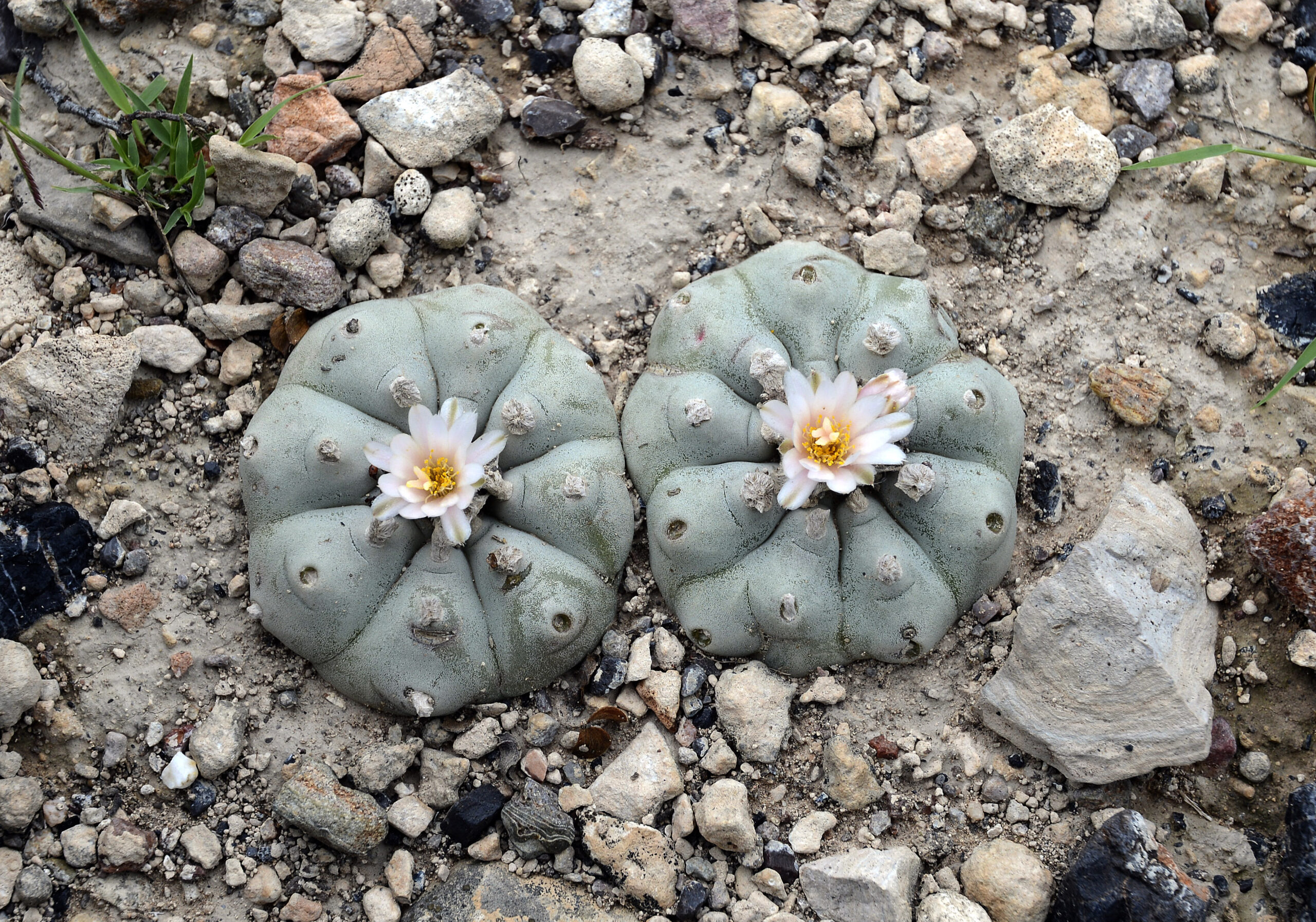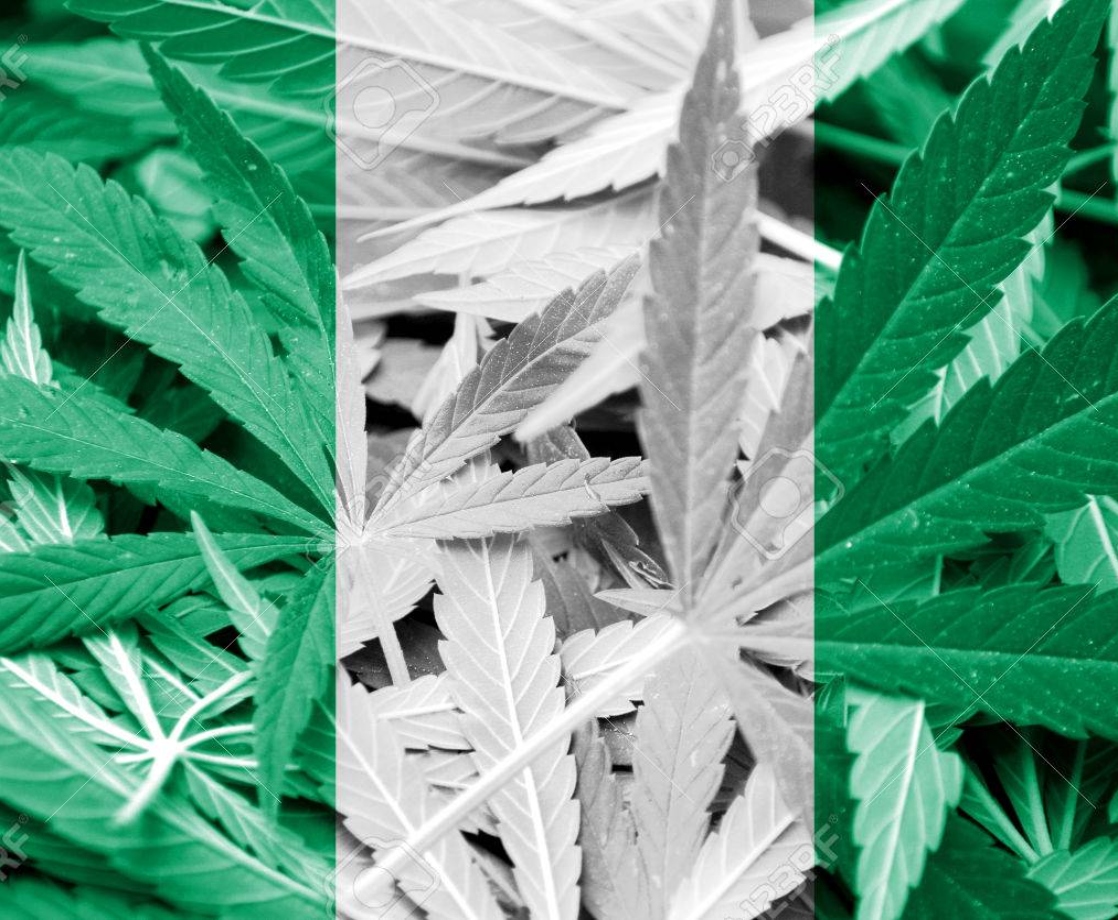Image via
Native American church leaders are asking lawmakers to help fund their efforts to preserve the sacred and endangered peyote cactus.
The Native American Church of North America (NACNA), a federally-recognized inter-tribal religious organization, met with Congress last week to ask for assistance in protecting this natural cactus. Peyote is currently an endangered species, thanks to climate change, overdevelopment, and well-meaning psychedelics reform laws. And although these cacti grow naturally in the Southwestern US, it can take up to 20 years for a single cactus to mature to the point that it can produce the mescaline-containing buttons used in Native ceremonies.
To help protect this natural resource, the church is asking lawmakers to allocate $5 million in funding from either the US Department of Agriculture or the Indian Affairs department. If granted, this money would be used to compensate landowners who convert their lands into protected peyote cultivation habitats. Additional funding would be used to create an advisory committee that would further advocate for the long-term conservation of this psychedelic cactus.
Native American nations in the Southwestern US have traditionally used peyote in religious ceremonies for centuries. Individual states started banning peyote in the 1930s, though, along with cannabis and other natural plant medicines commonly used by minorities. And as the racist War on Drugs ramped up in the late 1960s, the federal government criminalized peyote on the national level.
“It’s not a drug to our people, we consider it a medicine,” said Darrell Red Cloud, NACNA delegate from the Pine Ridge Indian Reservation, to Native News Online. “Peyote is not for recreational use.”
Peyote is currently classified as a Schedule I drug with no medicinal use, but Native Americans successfully fought to regain their right to use this natural medicine. In 1994, the federal American Indian Religious Freedom Act (AIRFA) was amended to allow members of the Native American Church to legally use peyote in traditional ceremonies. Tribal members are also allowed to cultivate peyote as long as they have a license from the DEA.
But although advocates “secured the use of peyote with the American Indian Religious Freedom Act… we never advocated for the protection of its habitat,” NACNA Legislative Committee Ryan Wilson explained, Native News Online reports.
Climate change, overdevelopment, and agricultural and livestock grazing practices have seriously diminished the natural habitat where these cacti can thrive. And ever since the psychedelic heyday of the 1960s, non-native psychonauts have been poaching peyote for their own personal use.
The modern psychedelic reform movement also poses another serious risk to the longevity of this natural resource. Several individual US cities, including San Francisco, Oakland, and Ann Arbor recently decriminalized the use of all natural psychedelics. Despite their good intent, these ordinances now allow non-native people to buy and use peyote without consequence.
Santa Cruz recently amended its psychedelics policies to re-criminalize non-native peyote possession for this reason, and Seattle and other cities are also specifically excluding this endangered species from their lists of decriminalized entheogens.











